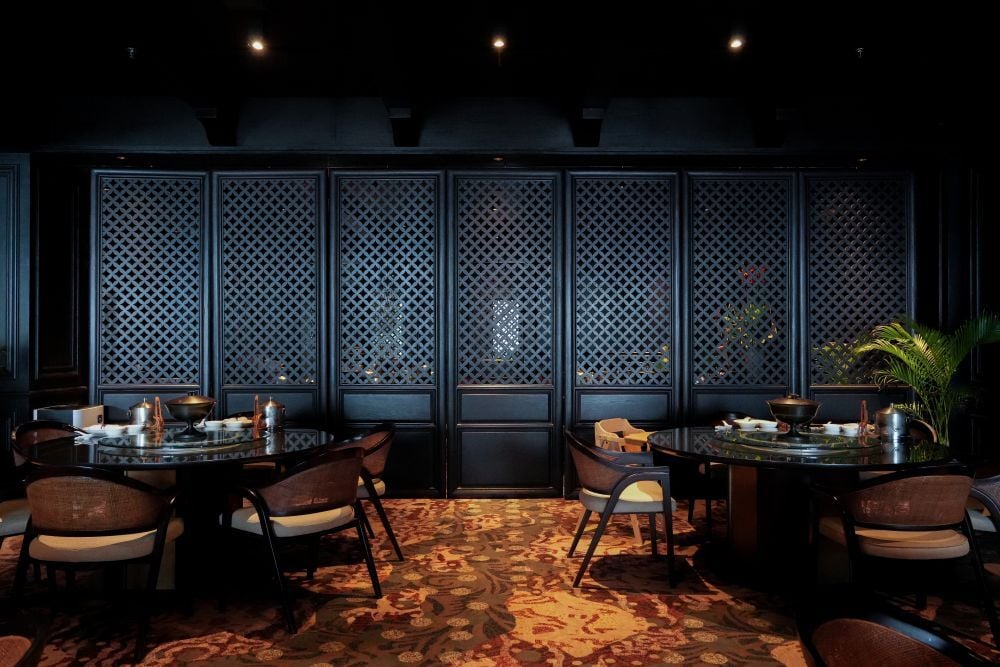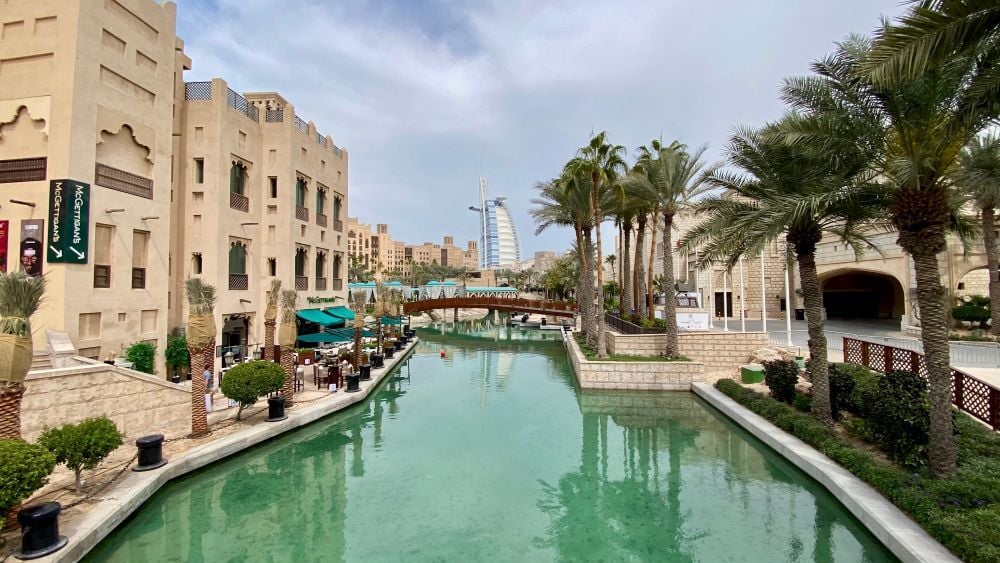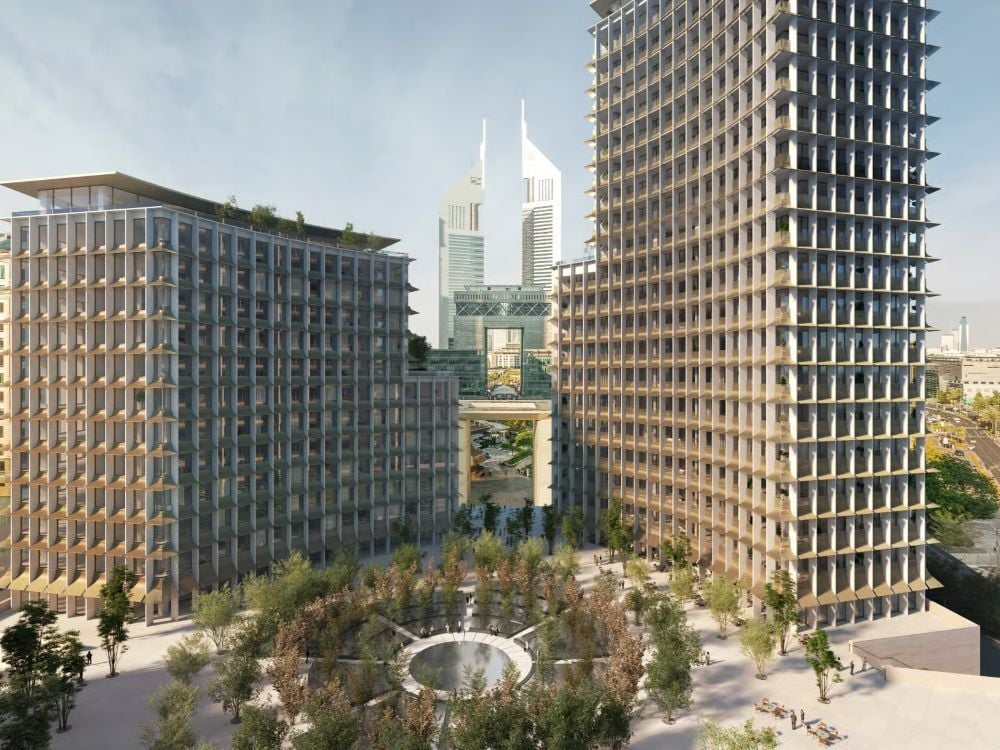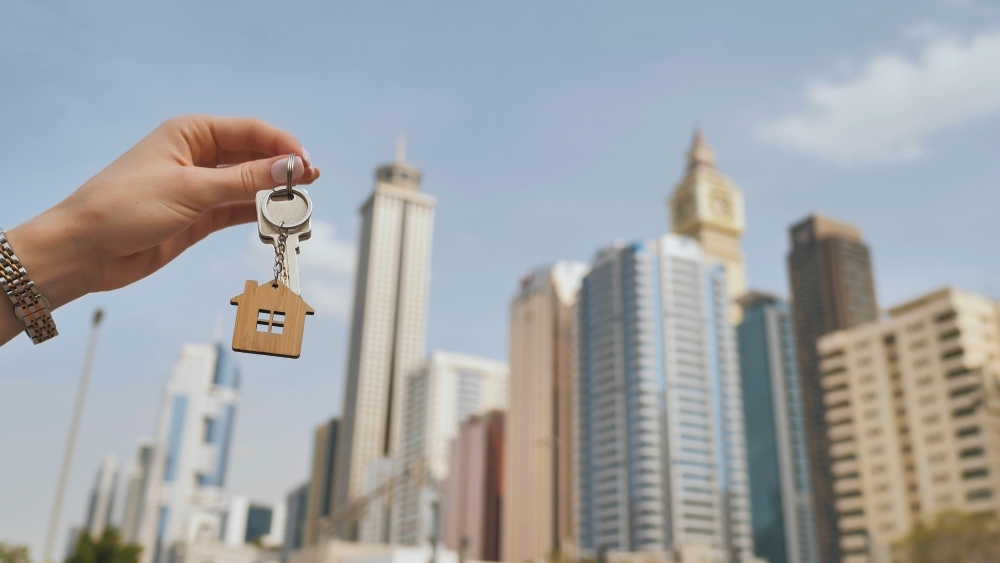The World’s Most Expensive Islands: Sanctuaries Beyond Reach
“Privacy is the new luxury.” That’s how Jeff Bezos reportedly described his purchase of a sprawling waterfront estate on Indian Creek Island, Miami’s famously discreet “billionaire bunker.” The comment captures a growing sentiment among the ultra-wealthy. Real value today lies not only in luxury finishes or grand architecture, but in the rare ability to disconnect completely in a place no one can reach unless invited.
Private islands, whether carved into the volcanic cliffs of Hawaii or scattered across the turquoise atolls of the Maldives, have become some of the world’s most exclusive and sought-after assets, commanding prices well into nine figures. But unlike speculative assets, these islands hold something timeless – a piece of untouched Earth, shaped by nature, protected by water, and then, with a touch of luxury, they become an earthly Eden.
.jpg?width=1000&height=749&name=unnamed%20(53).jpg)
Lanai, Hawaii – The Billionaire’s Experiment
Purchased by Oracle co-founder Larry Ellison in 2012 for an estimated $300 million, Lanai is a vision in progress. Ellison owns 98% of its 90,000 acres, including two Four Seasons resorts, vast tracts of agricultural land, and the island’s core infrastructure.
But this isn’t just a trophy asset. Since the acquisition, Ellison has invested upwards of $450 million to turn Lanai into a sustainable utopia, what he calls his “Lanai Lab.” A smart grid, solar-powered desalination, organic farming initiatives, and wellness-forward hospitality aim to strike a balance between luxury and environmental integrity.
For Ellison, Lanai is both a sandbox for innovation and a deeply personal legacy project.
Read Also : World Most Expensive Private Jet
Indian Creek Island, Miami – “The Bunker of Billionaires”
You won’t find private beaches here, just a single road, 41 homes, and the most guarded residential security in the United States. Indian Creek is less an island and more a fortress of net worth. Residents include Jeff Bezos, Tom Brady, and Ivanka Trump.
In May 2025, a vacant 1.84-acre plot sold for a staggering $105 million, setting a new U.S. price-per-acre record. This wasn’t intended to be merely a beachfront; it’s controlled access with a private golf club, and a moat of confidentiality. Though every inch is thoughtfully luxurious, it is the silence around it that truly sells.
Read Also : The Most Expensive Labubu
Tarpon Island, Palm Beach – A Refuge for the Soul and Senses
When financier Michael Dorrell purchased Tarpon Island for $150 million in 2024, he wasn’t just buying two acres of land. He was acquiring a 28,600 sq ft mansion with a wellness wing, tennis court, and docks, which were accessible through a private bridge.
Located in Palm Beach, this man-made island exemplifies the post-pandemic appetite for turnkey luxury, complete with home offices, fitness suites, and “quarantine-proof” layouts. It’s no surprise then that The Wall Street Journal described it as a fortress with wellness, security, and privacy built in, calling it “a turnkey private island experience”.
Read Also : Most Expensive Porsches
Cayo Norte, Puerto Rico – The Untouched Haven
Cayo Norte’s uniqueness lies in what it doesn’t have: no resorts, no marinas, no guest villas. Bought quietly by Google co-founder Larry Page in 2018 for $32 million, the 300-acre island remains largely undeveloped. Its beaches are home to nesting sea turtles; its forests are untouched by concrete.
There are no plans, at least publicly, for large-scale development. Page’s strategy appears to follow a different philosophy: buy, preserve, wait. It’s less about ROI and more about having a personal refuge when the world feels increasingly loud.
Read Also : Most Expensive Engagement Ring
Skorpios, Greece – Greek Legacy
Skorpios, which was once the Mediterranean playground of Aristotle Onassis, is now under the stewardship of Ekaterina Rybolovleva, daughter of Russian billionaire Dmitry Rybolovlev. Acquired in 2013 for approximately $153 million, the island is undergoing a €184 million transformation into a hyper-exclusive wellness retreat.
Development is carefully constrained, as only 5% of the island is permitted for construction, in line with EU environmental protections. It contains a small collection of villas, spa facilities, and organic farms set against the Ionian Sea, offering “luxury with a conscience,” in Ekaterina’s words.
Skorpios is a modern-day Olympus for the few, where the legends of old still echo between olive groves and Ionian shores, retelling a myth through a blend of old-world glamour and contemporary sustainability.
Read Also : Most Expensive Suit Brands
Bell Island, Bahamas – The Statesman’s Escape
In 2009, the Aga Khan IV acquired Bell Island in the Exumas for around $100 million. The 349-acre island features two main residences, guest cottages designed by top architects, and a heliport. Unlike most island properties, Bell Island isn’t leveraged commercially. It was meant to be a haven of serenity.
Surrounded by marine parks and protected ecosystems, the Aga Khan has long supported heritage conservation. Notably, after acquiring the island, he donated $1?million to the Bahamas National Trust, the very organisation responsible for managing the Exuma Cays Land & Sea Park.
Read Also : Most Expensive Rolex Watch
Vatuvara Islands, Fiji – Remote Eco-Exclusivity
With an estimated value of $155 million, the Vatuvara island group in Fiji is among the largest and most untouched on the market. The main island, spanning over 1,200 acres, includes limestone cliffs, dense jungle, and coral reefs, along with a small eco-resort operating entirely off-grid.
Vatuvara is a model of conservation-led development. Freehold land in Fiji is rare, and the entire 4,000-acre portfolio, across multiple islands, caters to guests seeking absolute privacy with minimal footprint.
Read Also : Most Expensive Resort In The World
Musha Cay, Bahamas – Magic in Seaside Heaven
Musha Cay and its surrounding islets, which are owned by the popular illusionist David Copperfield, span over 700 acres. Purchased for $150 million, the island now operates as a fully private resort that hosts just 24 guests at a time, at nightly rates exceeding $50,000.
There’s no reception desk, no booking portal. Guests are handpicked, and fireworks, themed treasure hunts, or private concerts on the beach form part of large-scale entertainment. Copperfield calls it “the most magical place on Earth,” and perhaps, for those who can afford it, it is.
Read Also : Most Expensive Mercedes Benz
Honourable Mentions
In 2023, Little St. James and its neighbouring Great St. James were acquired as a single holding by billionaire investor Stephen Deckoff for $60 million. The islands, once mired in notoriety, are now undergoing a quiet transformation into a high-end eco-resort, with an emphasis on sustainable design and discreet luxury.
Up the Atlantic coast, Hay Island in Connecticut offers a rare patch of private land just 90 minutes from Manhattan. Spanning 18 acres, it remains one of the few legacy estates on Long Island Sound still in family hands, recently brought to market with a $35 million asking price.
In the Maldives, Velaa Private Island was developed for $200 million by Czech entrepreneur Ji?í Šmejc. It features five private residences and a golf academy, operating at the highest end of the market. Room rates routinely exceed $3,000 per night, catering to a clientele drawn largely from Europe and the Gulf.
Read Also : Most Expensive Yachts
Final Thought – The Scarcity and Feeling of Belonging
While real estate markets rise and fall, the number of islands that offer accessibility, climate resilience, and secure title rights remains remarkably small. That scarcity drives both value and narrative.
A private island doesn’t just represent square footage or scenery; it’s for the global elite who not only travel first-class, they own the destination, and in time, begin to belong to it.



